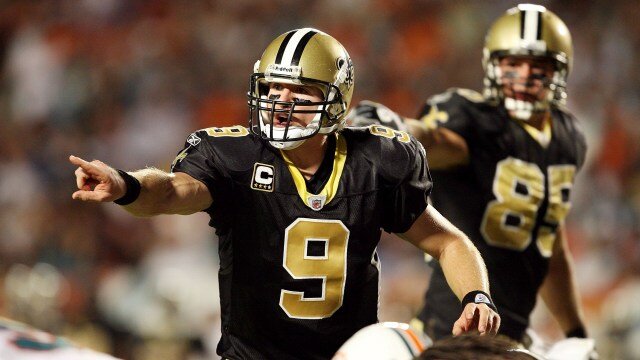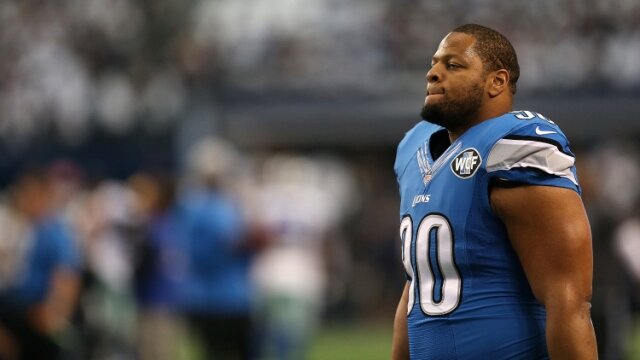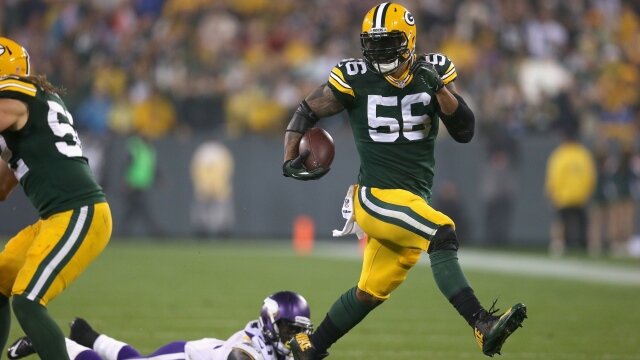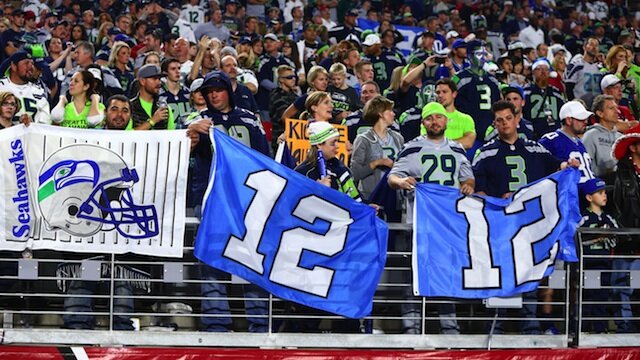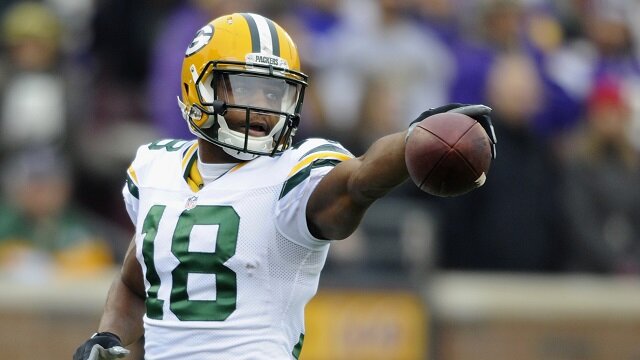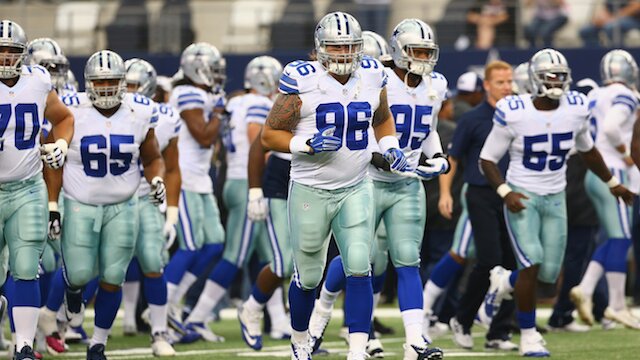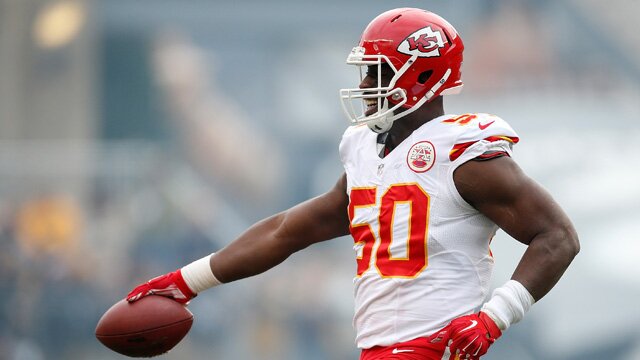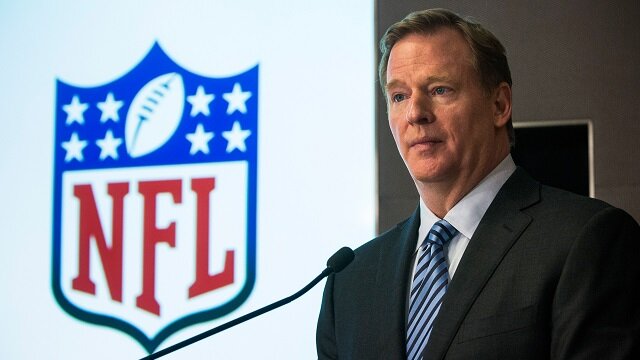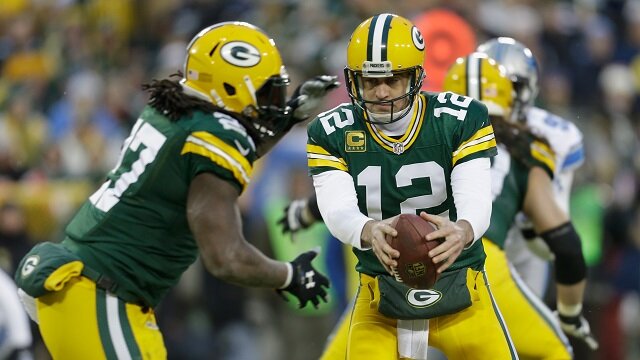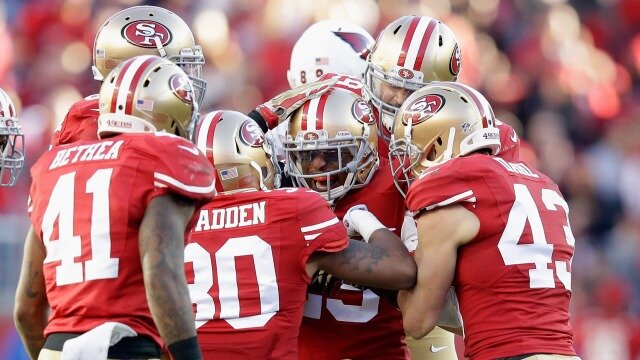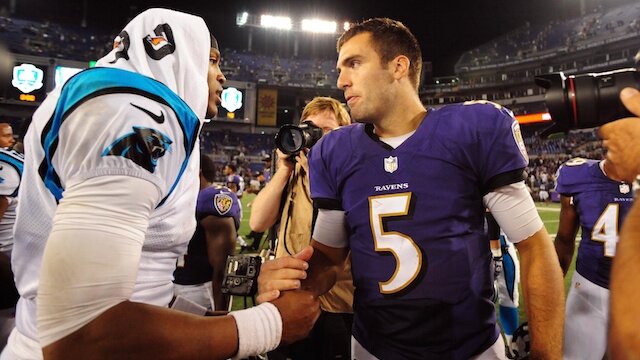New Orleans Saints Need To Establish Vertical Passing Threat
On paper, the New Orleans Saints’ offense appears to be one of the NFL‘s best; and as the league’s leader in yards, it is. In order for the Saints to return to being a juggernaut in the NFC, they must play from ahead and allow their defense to take chances. This all starts with a more prominent vertical threat.
In order for a vertical offense to be successful, there usually has to be an effective ground game. Through five weeks, the Saints have been wildly efficient running the ball, averaging 133 yards-per-game while averaging five yards-per-carry.
So far this season, Drew Brees is on pace to tie his second highest interception total of his career. It’s safe to say it’s no coincidence that he’s also on pace to attempt a career-high number of passes.
In their Super Bowl run five years ago, Brees only attempted 514 passes, 119 fewer than his yearly average since coming to New Orleans. On the year, Brees averaged 8.54 yards-per-attempt. This led to three receivers bringing in more than 700 yards, and each averaged more than 15 yards-per-catch all while Brees threw for his lowest yardage total as a member of the Saints.
Currently, the team is headed in the opposite direction as Brees is on pace to attempt a career-high 698 passes while averaging only 7.22 yards-per-attempt. Only Marques Colston is averaging more than 15 yards-per-catch while being on pace to bring in more than 700 yards for the year. In other words, the downfield threat doesn’t exist in New Orleans.
They have the pieces, but the gameplan hasn’t been where it should be. Rookie receiver Brandin Cooks is the fastest and arguably most dynamic player on this offense, but he is only averaging eight yards per catch. With his speed, there’s no reason why he shouldn’t be more involved with vertical routes.
The same goes for second-year player Kenny Stills, who as a rookie led the NFL in yards-per-catch with 20. This year that number is down to 14, which alone isn’t bad, but when he only has 10 catches through five games, he’s essentially non-existent in the offense.
Not only are the options there, but Brees is actually a better downfield passer than he is a short-game passer. In his five seasons in New Orleans with the fewest interceptions, he finished with his five highest yards-per-attempt.
It’s not necessary for Sean Payton to abandon the short-game altogether, but with the effective ground game and Brees at quarterback, it only makes sense to establish more of a play-action, deep threat scheme. If this unit is going to be expected to carry the entire team, they must return to their winning formula from 2009 and involve more downfield plays.
Chris Lehman is a New Orleans Saints Writer for www.RantSports.com. Follow him on Twitter @ChrisBreezy91, like him on Facebook or add him to your network on Google.
5 Free Agents the Lions Should Sign
The Detroit Lions had a great season in 2014. If they make the right moves this offseason, they can have an even better one in 2015. Read More
5 Free Agents the Packers Should Sign in 2015
Should the Green Bay Packers decide to make a splash in free agency, these are the five guys they must take a serious look at. Read More
5 Reasons Why Seahawks' 12th Man is a Sham
Seattle Seahawks fans like to brag that they are the loudest and most passionate fans, calling themselves the "12th Man." However, these poor fans have been duped. Read More
5 Free Agents the Packers Must Re-Sign in 2015
With 14 players ready to become free agents in March, here are the five the Green Bay Packers must re-sign in 2015. Read More
5 Free Agents the Cowboys Should Not Sign in 2015
Here's a list of five free agents that the Dallas Cowboys should not sign in 2015. What do you think, let us know. Read More
5 Free Agents the Titans Should Sign in 2015
The Titans have a lot of work to become a decent team, but hopefully they'll be able to do some good in free agency. Here are five players the Titans should sign. Read More
Reported ‘Gucci Scam’ Has Potential To Rock NFL
A reported 'Gucci scam' involving NFL players has the potential to give the NFL's PR department another headache. Read More
5 Free Agents the Raiders Should Not Sign In 2015
With a lot of money to spend in 2015, the Oakland Raiders need to make sure not to sign these five free agents. Read More
5 Things Packers Must Do To Defeat Cowboys
Here are five things the Green Bay Packers must do to defeat the Dallas Cowboys in the NFL divisional round matchup. Read More
5 Changes 49ers Must Make For 2015
Prior to 2014, the 49ers had been a dominant force in the NFL. In order to return to that caliber, the team must make several changes for the 2015 campaign. Read More
Which NFL Underdog Has Best Shot in Round 2?
The Ravens and Panthers are both looking to shock the NFL by pulling off a big upset and reach their respective conference championship games. Which of these two teams is more likely to pull it off? Read More
Rodgers' Injury Will Determine Packers vs Cowboys
Who wins between the Green Bay Packers and Dallas Cowboys on Sunday will depend on Aaron Rodgers and his injured calf. Read More
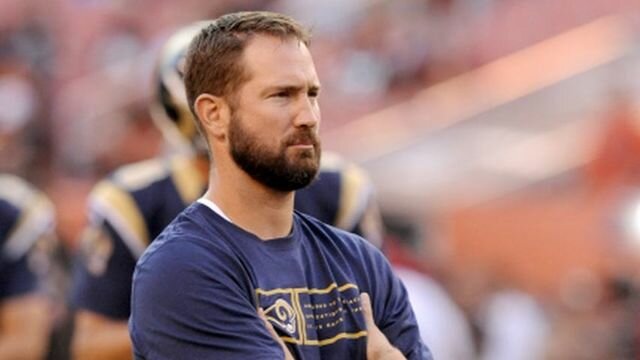
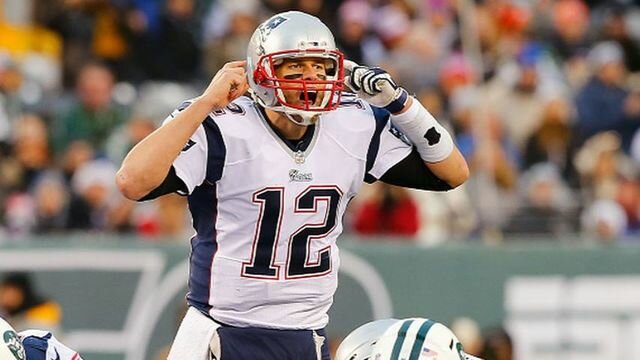

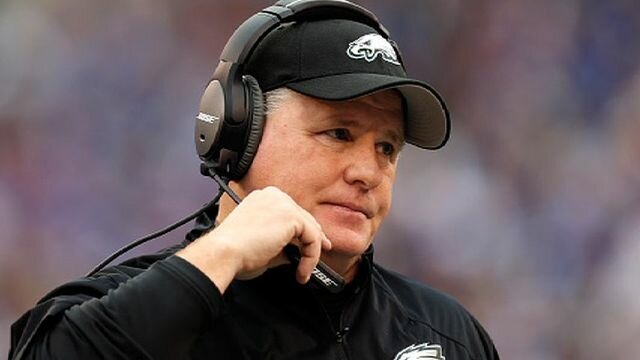
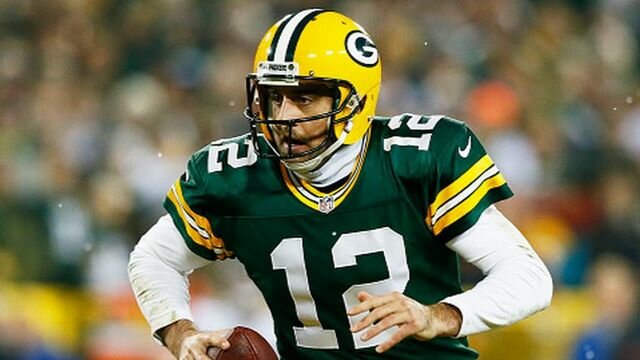
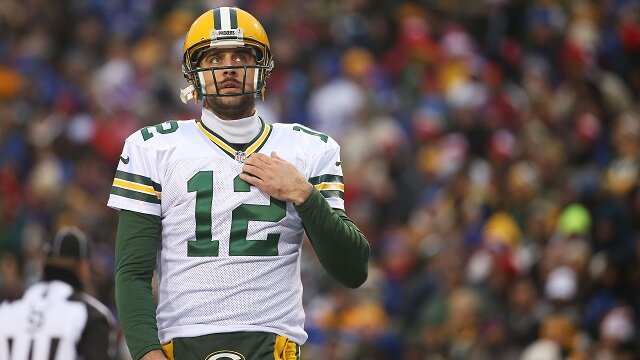
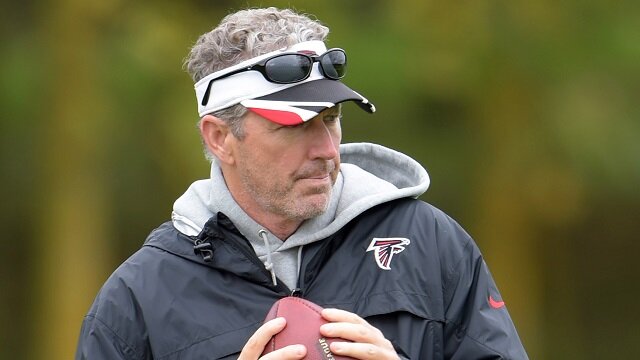
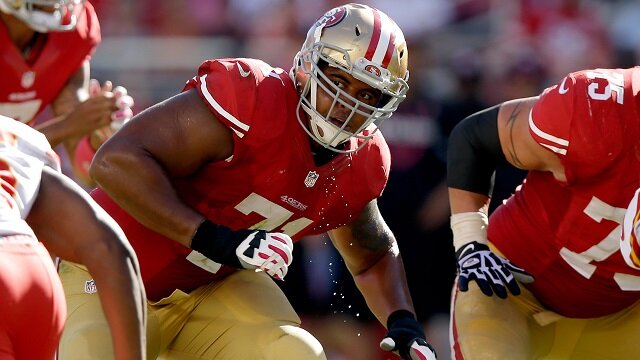
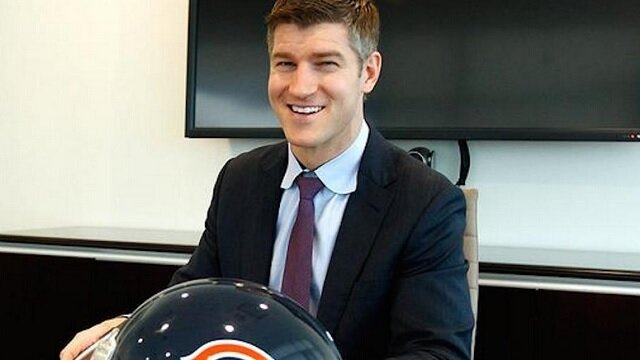
 @chrisbreezy91
@chrisbreezy91 